 |
 |
 |
Photographs (left to right): Cape Breton, Nova Scotia; Adirondacks, New York; Death Valley National Monument, California
Wampum Belt Archive
Teedyuscung - Wapinger 1745
Wampum Belt

Belt design interpretation: R. D. Hamell May 8, 2020
Original Size: |
Describe as broad and short white belt |
Reproduction: |
Length (est): 25 inches. Width: 5.5 inches. Length w/fringe: 45 inches. |
Beads: |
Rows: 11. Columns: 150. Total beads: 1,650 includes 14 red beads (hearts) |
Materials: |
Warp: Deer leather. Weft: Artificial sinew. |
Description:
Report in Beauchamp, W. M. (1901):
A private conference with the Indians at Easton on October 21, 1758 the following were in attendance:
Governor Bernard and the Jersey Commissioners.
Thomas King, Chief of the Oneidas
Tagashata, Chief of the Senecas
Tokaaio, Chief of the Cayugas
Egohohowen, Chief of the Minisinks
Nimham, Chief of the Wapings
Several other Indian Nations (not named)
George Croghan, Deputy to Sir William Johnson
Andrew Montour, His Majesty’s Interpreter to the Mingoes (called the United Nations).
Stephen Calvin, Interpreter of the Delaware and Minisink Languages
Subject of the meeting was the price of the uncertain claims of the Minisinks, Wapings, and other Indians, Claimants of Land in the northern parts of the Province of New Jersey
Teedyuscung: I assure you of my Affection for you, and wish you all manner of Happiness."
Teedyuscung arose, and desired to be heard on behalf of the Wapings or Wapinger Indians, called the River Indians, liver near Esopus, and produced a Short, broad Belt of White Wampum, having in the Center two Hearts of Reddish Colour, and in Figures, 1745, 17  45. The Belt had a round Circle Pendant, representing the Sun. He then produced two Certificates, one from Governor Clinton, and the other from Governor Hardy, both which were much in favour of the Wapinger Tribe of Indians. The said the Belt (referred to as the Goshen Belt) was given them by the Government of New York, and "represented their Union, which was to last as long as the Sun should continue in the Firmament" (Grumet, 1992: in Dunn, 2004).
45. The Belt had a round Circle Pendant, representing the Sun. He then produced two Certificates, one from Governor Clinton, and the other from Governor Hardy, both which were much in favour of the Wapinger Tribe of Indians. The said the Belt (referred to as the Goshen Belt) was given them by the Government of New York, and "represented their Union, which was to last as long as the Sun should continue in the Firmament" (Grumet, 1992: in Dunn, 2004).
Smith (in Dunn, 2004) cited the belt given on January 17th 1746 (p. 56) :
"12 chief men with their new Sachem come to the Orange County seat of Goshen "with a Belt of Wampum to settle and renew their Friendship and Brotherhood" with the English. Teedyuscung (fI.1734-1763), the Delaware diplomat, later reported at the Easton Treaty of 1758 that "Nimham the Eldest principall Chief of the Wappingers or Opings" had received a wampum belt at Goshen from the government of New York with two reddish hearts and the date 1745 that "represented their union, which was to last as long as the sun should continue in the firmament" (Grumet, 1992)
Reference:
Beauchamp, W. M. 1901. Wampum and Shell Articles used by the New York Indians. NYSM Bulletin Feb. p. 391.
Dunn, Shirley W. (ed.). 2004. Mohican Siminar 1: The Continuance-An Algonquian Peoples Seminar. New York State Museum Bulletin 501.
Grumet, R. S. (1991) The Minisink Settlements: Native American identity and Society in the Munsee Heartland, 1650-1778. In People of Minisink: Papers from the 1989 Delaware Water Gap Symposium. Edited by D. G. Orr and D. V. Campana, pp. 175-250. Philadelphia, Pennsylvania.: Mid-Atlantic Region, National Park Service.
Smith, J. Michael. 2004. Table2. Proprietary Cohort; p. 56). In Dunn 2004.
https://babel.hathitrust.org/cgi/pt?id=pst.000027878750&view=1up&seq=230
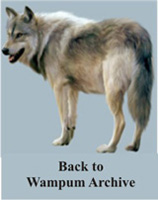 |
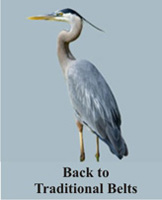 |
 |
 |
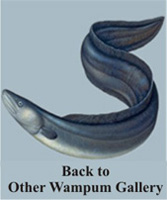 |
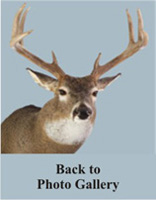 |
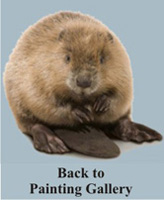 |
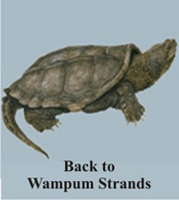 |
|---|